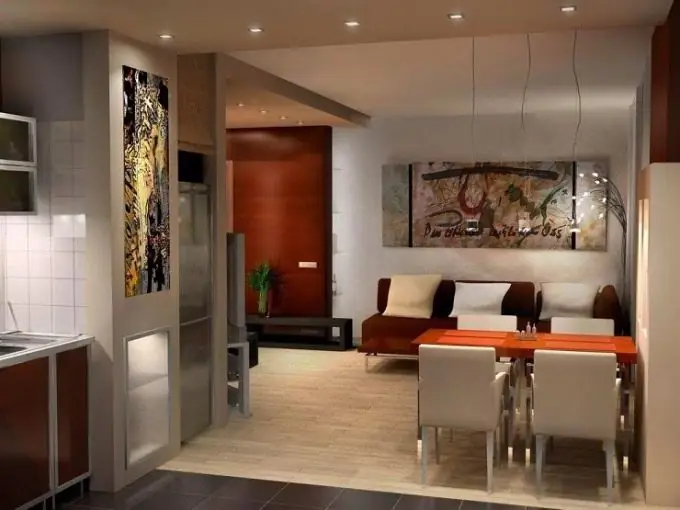When a person is faced with the sale or purchase of an apartment, he needs to have an idea of its parameters and characteristics. One of the main such parameters is the area of the apartment, and not just the area, but the one that is common and the one that is considered residential. They will never be equal and the total area is always larger than the living area. Even without seeing an apartment, by these two parameters, you can already make a first impression of it. Therefore, they are often indicated in the descriptions of apartments for sale.

Determination of the total area
Since the parameter total area refers to the main characteristics of an apartment, its definition can be found in the RF LCD. Clause 5 of Article 15 says that it consists of the areas of all parts of a separate living space - an apartment. It includes the area of rooms and the area of premises that have auxiliary purposes, for example, storerooms and dressing rooms. However, the area of the outer parts of this room: terraces, balconies and loggias are not included in the total area, according to the LCD.
The definition of the concept of "living space" in the housing estate is not given, but when calculating it, such a normative document as "Instructions on the accounting of the housing stock in the Russian Federation", approved by order of the Ministry of Zemstroy No. 37 of 04.08.1998, is used. According to this instruction, the total area areas of loggias, balconies and terraces were included, but with decreasing coefficients, for loggias it is 0.5, for balconies and terraces - 0, 3. Since 2005, the Instruction has been brought in line with the LCD and these rooms are not used to account for the total area. Verandas and unheated storerooms are included in the total area in their full size. The Instruction defines the living space as the sum of all living quarters in the apartment.
Total and living area of the apartment
Thus, when calculating the total area, all premises in the apartment are taken into account: rooms, toilets, bathrooms, corridors and passages, kitchen, vestibules, built-in wardrobes, cold storage rooms and an interfloor staircase if the apartments are two-level. Of these, only the area of the rooms will be taken into account as living.
The quantitative characteristics of the living space are not used anywhere; the total area of the apartment is used for calculations for housing and communal services. But this concept is sometimes found in contracts for participation in shared construction. In them, the description of the apartment purchased by the shareholder is based on the data of the project documentation. These contracts also stipulate what area, total or residential, is taken as the basis for calculating the cost of an apartment. If the calculation is based on living space, this increases the cost per square meter, therefore developers more often use the total area to determine the cost in order to attract equity holders. But with a large footage of utility rooms, the shareholder, in the end, can pay more money for the apartment. If you are going to purchase an apartment on the terms of equity participation, pay attention to this nuance in order to choose the option that is more profitable for you.






